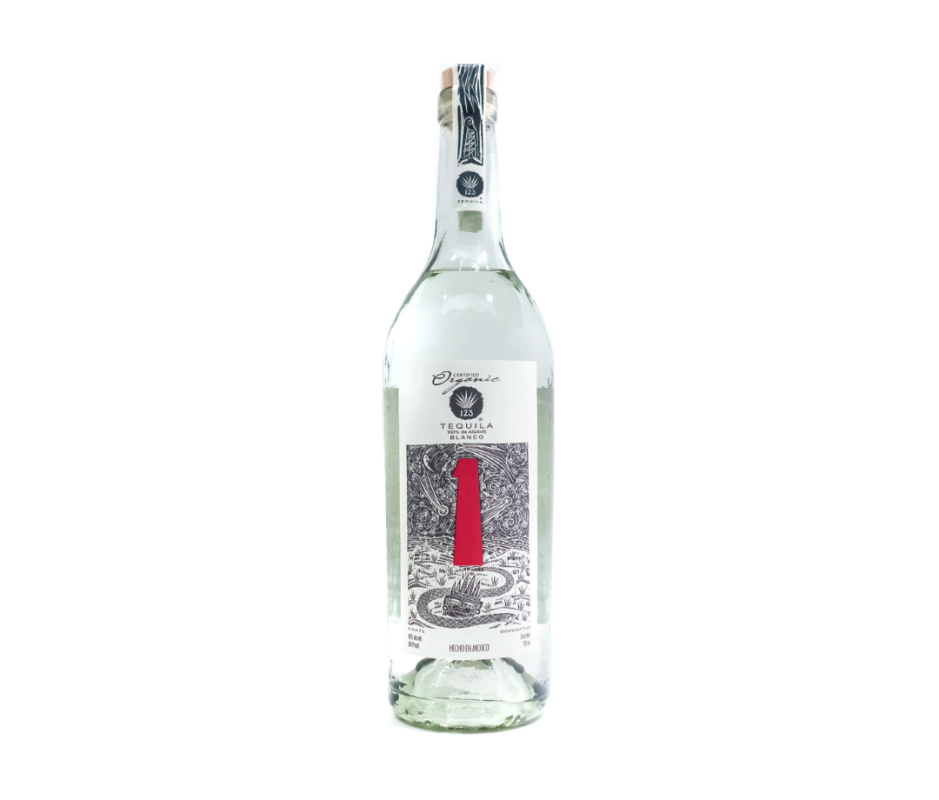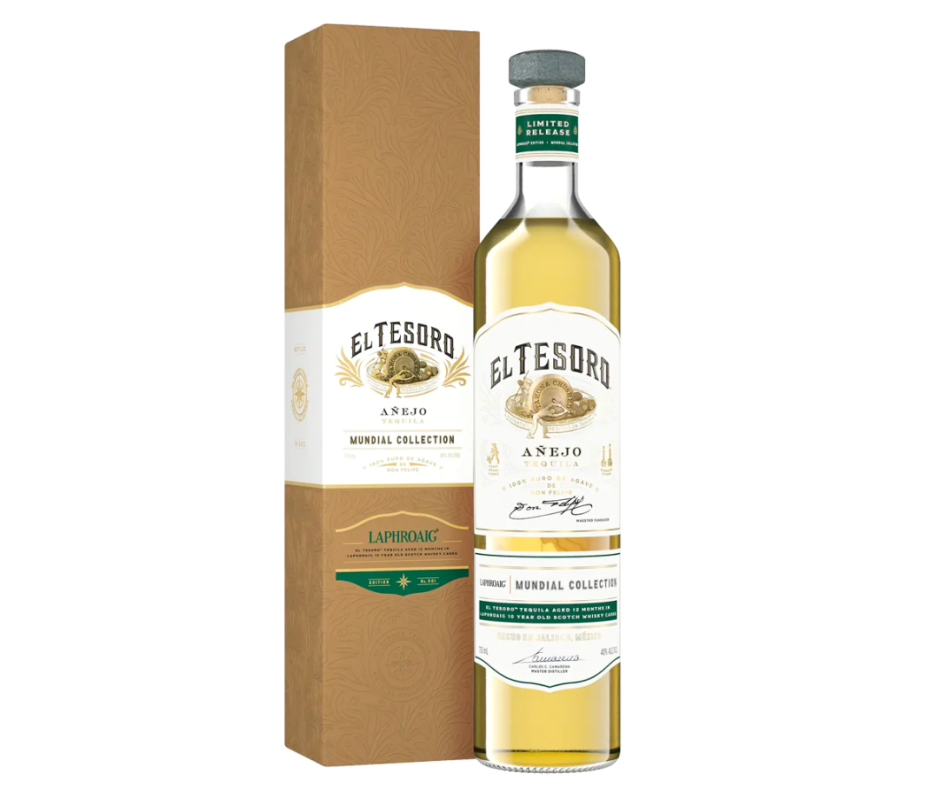21 Best Tequilas of 2024, Tested and Reviewed
There's definitely never been a better time than now to sip the best tequila. We can thank the explosion of traditionally minded artisanal tequilas, but there's also a wider availability of longstanding Mexican brands that lack big marketing budgets, and then the ease of ordering a wide selection online. Not to mention, there are more styles than ever, like blanco, a?ejo, and reposado. No, the struggle these days isn't in finding a superb, distinctive, and refined tequila, but deciding which of the many tequila brands worldwide to try next.
After all, for the better part of the 21st century, tequila has been one of the fastest-growing spirits in the United States. It's already well ahead of gin and rum, and has pulled even with whiskey. So, how do you decide what to purchase on your next liquor store run?
Men’s Journal aims to feature only the best products and services. We update when possible, but deals expire and prices can change. If you buy something via one of our links, we may earn a commission.
We rounded up the best of the booming category, including our top pick: Fortaleza Still Strength, which we consider the perfect tequila for sipping or mixing.
Related: 11 Best A?ejo Tequilas for Sipping and Mixing
Best Tequila at a Glance
Best Complex Tequila: ArteNOM Selección de 1123 Tequila Blanco
Best Limited Tequila: Jose Cuervo Reserva de la Familia Extra A?ejo
Best Scotch Aged Tequila: El Tesoro Mundial Collection Laphroaig Edition
Best Tequila of 2024
Best Overall Tequila: Fortaleza Still Strength
Fortaleza is made by fifth-generation tequilero Guillermo Sauza—yes, that Sauza, though the family sold off its eponymous brand decades ago—who, in the 1990s, sought to re-create the tequila his great-great-grandfather made a century before.
The agave is crushed by a traditional tahona (or stone wheel), fermented in small wooden vats, and distilled in tiny copper-pot stills for maximum quality control. Notably, Fortaleza is a "lowlands" tequila, which is made from agave that takes longer to ripen than highlands versions, and typically has a sweeter flavor. Sure enough, Fortaleza Still Strength is silky smooth, coming on sweet and a little spicy—like coconut candy with a touch of cinnamon—but leaves you with a briny finish, almost like a salted glass rim. Most of our other picks in this roundup are of the highlands variety, but Fortaleza is, to us, perfection—especially with a dash of lime on the side.
Best Celebrity Tequila: Tequila Pantalones Organic A?ejo
We know what you’re thinking: “Not another celebrity tequila!” Yes, Pantalones Organic A?ejo was launched last year by Matthew McConaughey and his supermodel wife, Camila Alves. But, ultimately, that has no bearing on the quality of the juice itself. Which, in this case, is wholly worth the squeeze. The barrel-aged sipper is bright and zesty with citrus aromas and rich and nutty on the palate. Bonus points for being built off of organic agave.
Best Reposado Tequila: Mijenta Reposado
Mijenta is a super-premium brand that’s committed to supporting sustainable agriculture and the communities of Jalisco. It also happens to craft some delicious booze. Mijenta Reposado is among the brand's best offerings, teeming with honey and orange.
To tap into those tonalities, maestra tequilera Ana Maria Romero used a combination of American and French oak, along with rarer acacia wood casks. The tequila within spent up to six months of sleep in the battery of barrels.
Best Blanco Tequila: El Tequile?o Blanco
El Tequile?o Blanco is aged for just a few weeks in American oak. This herbal-forward juice is a favorite among locals in the actual town of Tequila, Mexico. There’s a pronounced florality to the nose, which you won’t often find in the blanco category.
It’s something you want to savor slowly and contemplatively. The fact you can easily access something so craft-driven for this price point is something of a small miracle.
Best A?ejo Tequila: Sauza Tres Generaciones A?ejo
Tres Generaciones A?ejo is a small-batch standout that's rich in mouthfeel and slightly smoky on the palate. It makes for a complex dram capable of winning over folks who typically steer towards mezcal.
Best Tequila for Shots: 123 Tequila Uno
David Ravandi began planning his vision for 123 Tequila in the nineties. So, he planted, then waited. Agaves can take more than 10 years to mature, after all, so this is no small feat.
The fruits of his labor are certified organic, which gives "a more delicate, refined flavor profile and a cleaner finish," according to Ravandi. 123 Tequila doesn't use commercial yeasts in the fermentation process either. (As you might expect, the packaging comes from all recycled materials as well.) Ravandi's attention to authentic, small-scale production results in a complexity that skews more citrus and spice than sweet.
Best Gently-Aged Tequila: Cielo Tequila Reposado
This gently-aged reposado is all about nuance. The underlying herbal notes of agave are swaddled in wildflower honey and a stewed apple sweetness. It’s the sort of stuff you want to ponder slowly over a neat sip. But uou shouldn’t feel too guilty mixing Cielo Tequila Reposado into your next cocktail—especially when it makes for such a masterful margarita.
What Are the Different Kinds of Tequila?
Blanco
Also known as silver or plata tequila, this style is typically as clear as it was when it rolled off the still. That’s because it is, by and large, an un-aged expression (though it can rest for up to two months in oak barrels). As such, it affords the purest window into what agave equals in liquid form. Typically, those tasting notes lean toward earthy, vegetal, and even mineral-rich signatures. Connoisseurs are often enamored with the category as a result.
Reposado
Golden reposado means “rested” in Spanish. As the name implies, this subcategory comprises tequilas that rest in oak—for anywhere between two months to a full year. Typically that resting process occurs in American oak barrels that formerly held bourbon. The caramel and vanilla-laden notes of that specific style of whiskey often carries through into the tequila.
A?ejo
To be classified as a?ejo, a tequila must spend between one to three years in the barrel. Those casks can be built of anything, but they can’t be larger than 600 liters in size. The liquid that pours out after aging typically wears a caramel hue. It's often sweeter in substance than its younger counterparts, introducing vanilla, cinnamon, and other elements of the spice rack.
Extra A?ejo
Although it encompasses the oldest of liquids, extra a?ejo (or XA, for short) is actually the newest designation of tequila. It was made standard in 2006 and applies to any tequila that ages for a minimum of three years in barrels no larger than 600 liters in size. These sophisticated sippers usually come at a premium; some of the most expensive agave spirits on the market today wear an XA label.
Cristalino
Cristalino is the most curious of categories. It's the only one not officially recognized by tequila’s governing body, the CRT. As such, there are mere guidelines—as opposed to hard rules—as to what qualifies as an example. But it's most often come to mean an a?ejo or extra a?ejo tequila, which then undergoes charcoal filtration in order to strip the color of the aged spirit. What goes into the bottle is a crystal-clear tequila that still retains some of the sweeter barrel notes inherent to cask maturation.
What Is Tequila Made From?
Tequila is a Mexican spirit distilled from the agave plant. More specifically, the species is agave tequilana Weber var. azul (blue Weber agave). Unlike other categories of agave spirits—such as mezcal and sotol—tequila can only be made from this subspecies of the plant.
When the agaves reach maturity after several years, their sugar-rich hearts (pi?as) are cooked and crushed; the extracted juice is then fermented and distilled. Several factors come into play at each stage of this process, but at the very least, for a tequila to be great, it must be all agave, with no additives. (Rule number one: Never buy tequila that's not labeled "100 percent agave.")
Moreover, tequila is primarily made in the arid lowlands and rainy highlands outside of Guadalajara, in the state of Jalisco. But, by law, it can also be produced in parts of four other Mexican states.
Why Tequila Is So Popular
As for why people love it so much, that’s even simpler to understand. In its highest forms, tequila is full-flavored yet still gentle enough to enjoy neat.
There’s never been more top-shelf varieties of sipping tequilas to choose from, but there are also plenty of other bottles in an array of budgets that mix wonderfully in all sorts of cocktails. Consumers, in turn, are increasingly exposed to the wide range of what the drink can offer.
How to Drink Tequila
Unlike aged whiskies or wines, tequilas that are older aren't necessarily better. And while aging can certainly mask a lesser tequila, any great blanco can make for a beautiful reposado and a?ejo (and since most of our favorite brands make all three styles, the list we've compiled of the best tequila brands ultimately comprises much more than 18 bottles).
Though the right style is a matter of personal preference, we recommend blancos for sipping neat or as luxurious cocktail mixers.
Reposados are ideal over ice, while a?ejos come alive when sipped in brandy snifters (while lounging in a worn leather armchair, naturally).
What We Look for When Choosing the Best Tequila
When properly judging tequila, the process requires but a few essential questions: Does the liquid in question express itself in a natural and compelling way? Does the agave at its core act as the star of the show? Is it something that drinks well on its own—sans mixers—pleasing to both the nose and the tongue. Is it something that we’ll want to drink again after that first sip is finished? If we answer yes to most of those questions, it’s a tequila we’ll surely remember. If we answer yes to all of them, then it’s a tequila we won’t ever forget.
Why You Should Trust Us
We, the writers of this article, sample hundreds of tequila releases annually. In a normal year, we might make it down to the agave fields of Jalisco upwards of a dozen times, seeing this sacred liquid take shape and interviewing the tireless craftspeople who fashion it from farm to bottle. We also judge spirits competitions—with heavy focus on the tequila sector—and have several decades worth of experience between us as experts in the category.































